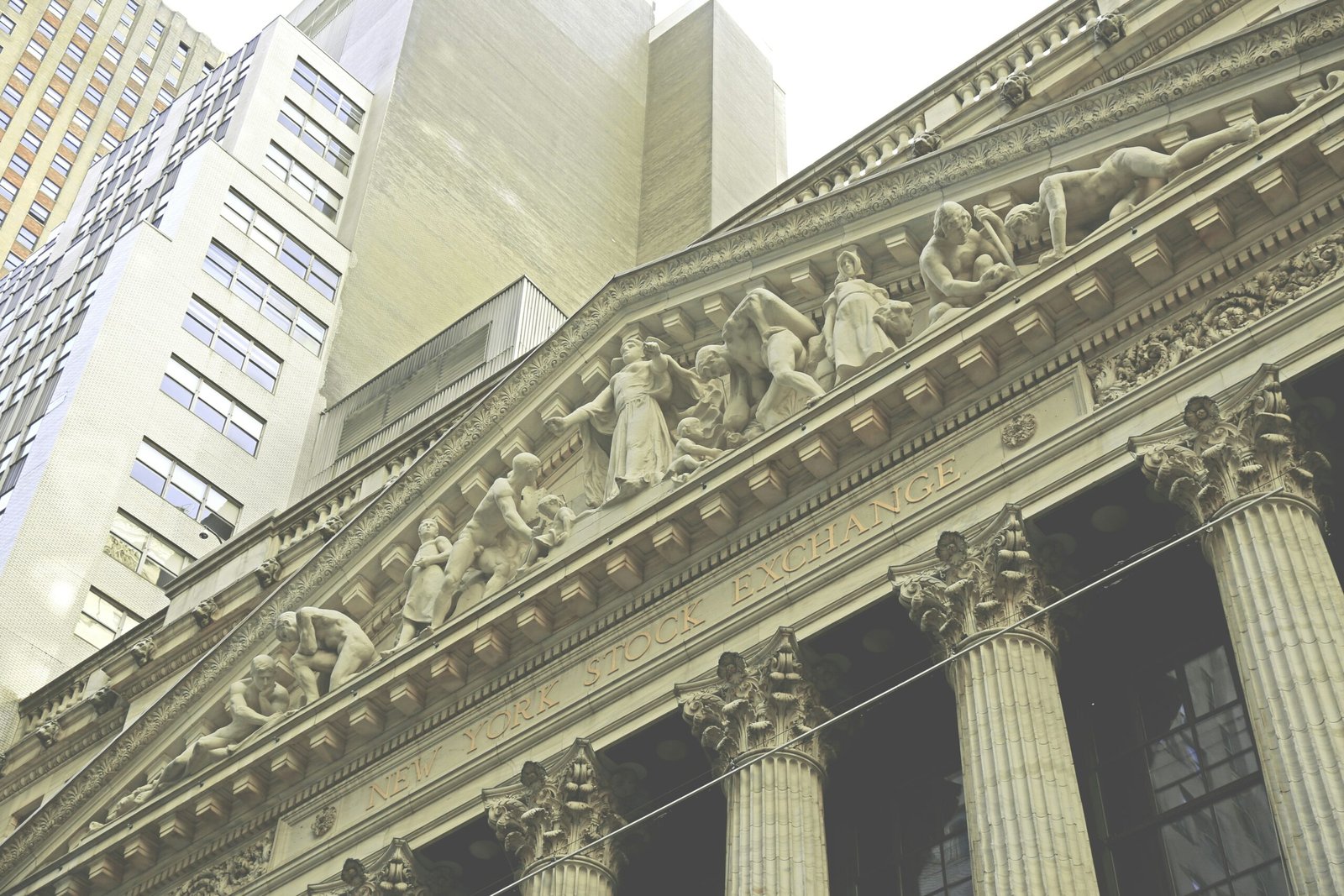On March 8, 1817, the New York Stock Exchange (NYSE) was officially founded, marking a pivotal moment in the history of finance and establishing a centralized location for the trading of securities. This institution, which evolved from a meeting of 24 stockbrokers under a buttonwood tree on Wall Street in 1792, would go on to become the world’s largest stock exchange and play a critical role in the global economy.
The roots of the NYSE can be traced back to the late 18th century when a group of merchants and brokers began gathering regularly under a buttonwood tree to trade securities in New York City. This informal gathering eventually led to the signing of the Buttonwood Agreement on May 17, 1792. The agreement, signed by 24 brokers, established rules and regulations for the trading of securities, laying the foundation for what would become the NYSE.
The establishment of the NYSE in 1817 brought about several significant changes in the financial landscape of the United States. Prior to its creation, trading in stocks and bonds was conducted in a decentralized manner, with transactions taking place in various locations across the country. The NYSE provided a centralized marketplace where buyers and sellers could come together to trade securities, enhancing liquidity and efficiency in the market.
One of the key features of the NYSE was its commitment to transparency and fair dealing. The exchange introduced standardized trading rules and regulations, ensuring that all participants had access to the same information and were treated fairly. This level playing field helped to foster trust and confidence in the market, attracting more investors and companies to participate in the exchange.
Over the years, the NYSE has witnessed several significant milestones and developments. In the early 19th century, the exchange expanded its operations by introducing new securities, including government bonds and railroad stocks. This diversification of offerings helped to attract a broader range of investors and further solidify the NYSE’s position as a leading financial institution.
The NYSE also played a crucial role in the growth and development of the American economy. As companies sought to raise capital to finance their expansion plans, they turned to the NYSE to issue shares and raise funds from investors. This influx of capital enabled companies to invest in new projects, create jobs, and stimulate economic growth.
Throughout its history, the NYSE has adapted to the changing needs and dynamics of the financial markets. In the late 20th century, the exchange underwent a series of technological advancements, transitioning from manual trading to electronic trading systems. These technological innovations not only increased the speed and efficiency of trading but also expanded access to the market, allowing investors from around the world to participate in NYSE-listed securities.
Today, the NYSE continues to be a leading global exchange, providing a platform for companies to raise capital and investors to trade securities. With its iconic trading floor on Wall Street and its electronic trading systems, the NYSE remains a symbol of the financial prowess of the United States.
In conclusion, the creation of the New York Stock Exchange in 1817 marked a significant milestone in the history of finance. From its humble beginnings under a buttonwood tree, the NYSE has grown to become the world’s largest stock exchange, playing a vital role in the global economy. Its commitment to transparency, fair dealing, and technological innovation has made it a trusted and respected institution. As we look to the future, the NYSE will undoubtedly continue to shape the financial markets and contribute to the growth and prosperity of nations.
SEO Excerpt: On March 8, 1817, the New York Stock Exchange (NYSE) was officially founded, establishing a centralized location for the trading of securities. Learn about the historical significance of this event and how the NYSE has evolved to become the world’s largest stock exchange. Explore the impact of the NYSE on the global economy and its role in shaping the financial markets.

